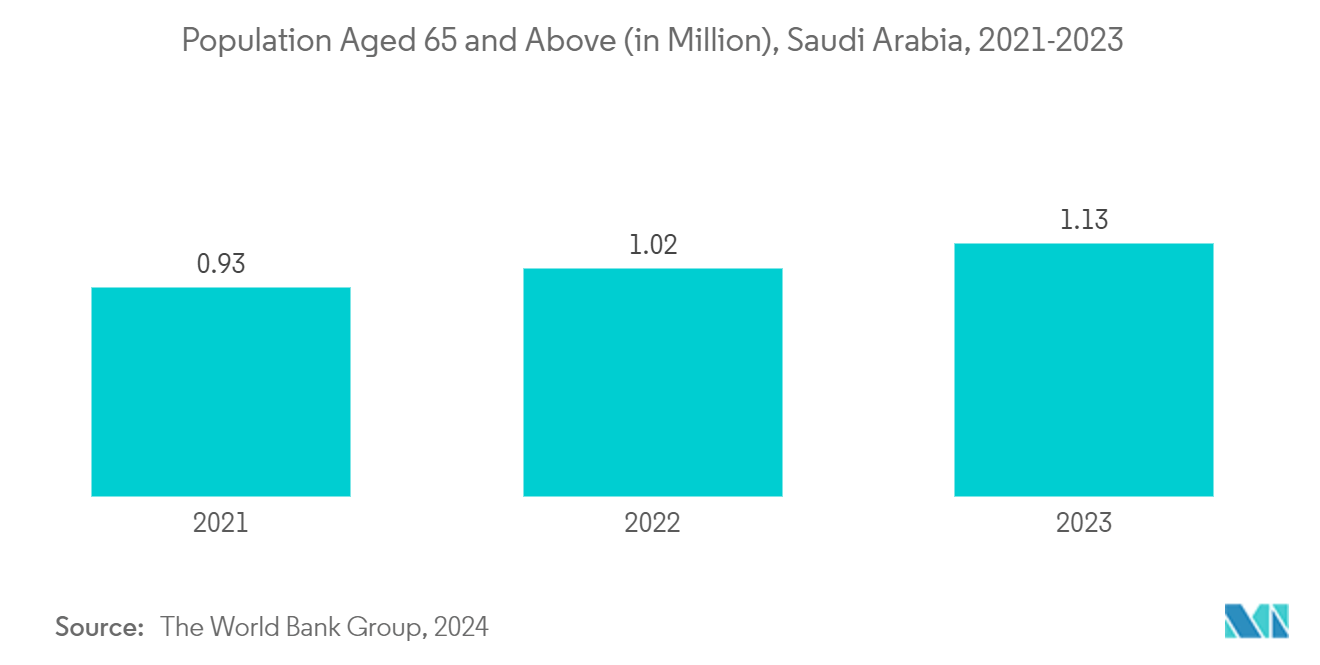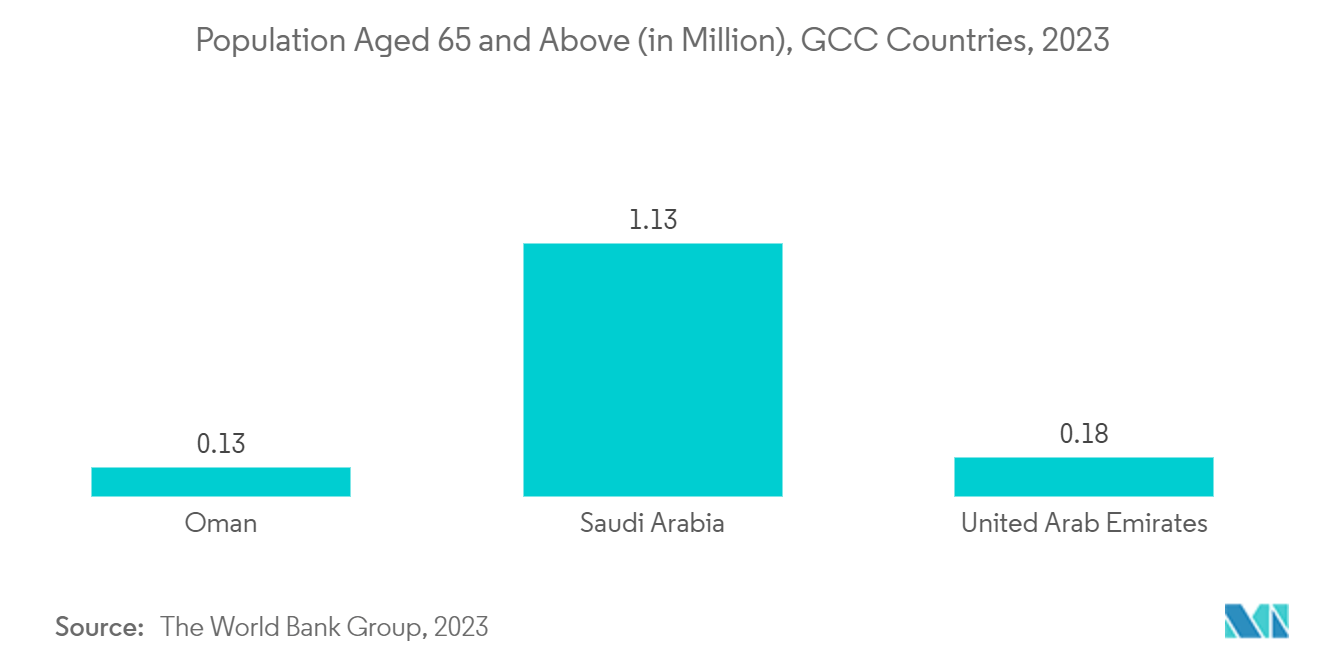Market Trends of Middle East And Africa Cardiac Monitoring Industry
The ECG Monitor Segment is Expected to Hold a Significant Share in the Cardiac Monitoring Market During the Forecast Period
The electrocardiogram (ECG) monitor segment is expected to hold a significant market share over the forecast period due to the increasing incidence of cardiovascular diseases and technological advancements. The increase in the incidence of cardiovascular diseases (CVD) necessitates the need for long-term ECG monitoring in patients, which is the major factor driving the adoption of ECG monitors.
For instance, according to an article published by PLOS ONE in December 2022, heart disease and stroke were the leading cause of death in Kuwait. A suboptimal diet low in fruits, vegetables, whole grains, nuts, and seeds and high in processed meats, red meats, and sugar-sweetened beverages (SSBs) contributes to the highest number of deaths from non-communicable diseases, such as cardiovascular diseases. Such increasing risks of cardiovascular diseases are expected to contribute to the growth of the studied segment during the forecast period.
Moreover, the geriatric population is often associated with an increased risk of cardiovascular diseases. Thus, the rising geriatric population in the region is a major factor that is expected to drive the adoption of ECG monitors. For instance, according to an article published by the International Institute on Ageing in February 2022, it is estimated that older adults in the Arab world are expected to increase in number and percentage of the general population. The source also stated that all MENA countries are likely to undergo marked changes from 2025, with those aged above sixty-four years representing the largest age group by 2050.
Usually, ECG monitors are used in hospitals. However, with the introduction of wireless ECG, doctors can monitor and diagnose the patient remotely and on time. The increasing product launches of ECG monitors in the Middle East and Africa are expected to contribute to the growth of the studied segment. For instance, in July 2022, Huawei launched a wrist type of ECG and blood pressure monitoring device, the Watch D, in the United Arab Emirates (UAE).
Thus, the above-mentioned factors, such as the increasing product launches, the rising geriatric population, and the rising prevalence of cardiovascular diseases, are expected to contribute to the growth of the studied segment during the forecast period.

GCC is Expected to Hold a Significant Share in the Middle East and Africa Cardiac Monitoring Market During the Forecast Period
The Gulf Cooperation Council (GCC) comprises six countries, namely Saudi Arabia, Kuwait, Bahrain, Qatar, the United Arab Emirates (UAE), and Oman. Factors such as the growing burden of diseases in these countries, rising technological innovation, growing geriatric population, product launches, and strategic initiatives by market players, along with the increasing research and development expenditure, are expected to drive market growth during the study period.
The risk factors for developing cardiovascular diseases and the rising geriatric population in the region are expected to drive the growth of the market in this region. According to an article published by the Obesity Society in September 2023, a research model predicted that 80.07% of female UAE nationals will become overweight or obese by 2070, and 60.19% of the population is expected to be obese by the same year. The population with abnormal eating behavior is expected to increase to 15% by 2070. Such a prevalence of obesity is expected to drive the demand for cardiac monitoring in GCC, thereby contributing to the growth of the market.
Moreover, in December 2023, researchers from Hamad Medical Corporation (HMC) and Weill Cornell Medicine-Qatar (WCM-Q) conducted a study revealing that 20% of type 2 diabetes patients in Qatar had atherosclerotic cardiovascular disease (ASCVD), equating to one in every five individuals with type 2 diabetes.
Thus, factors such as the growing cardiac disease burden and increased prevalence of obesity leading to an increased incidence of heart diseases are expected to contribute to segment growth over the forecast period.


